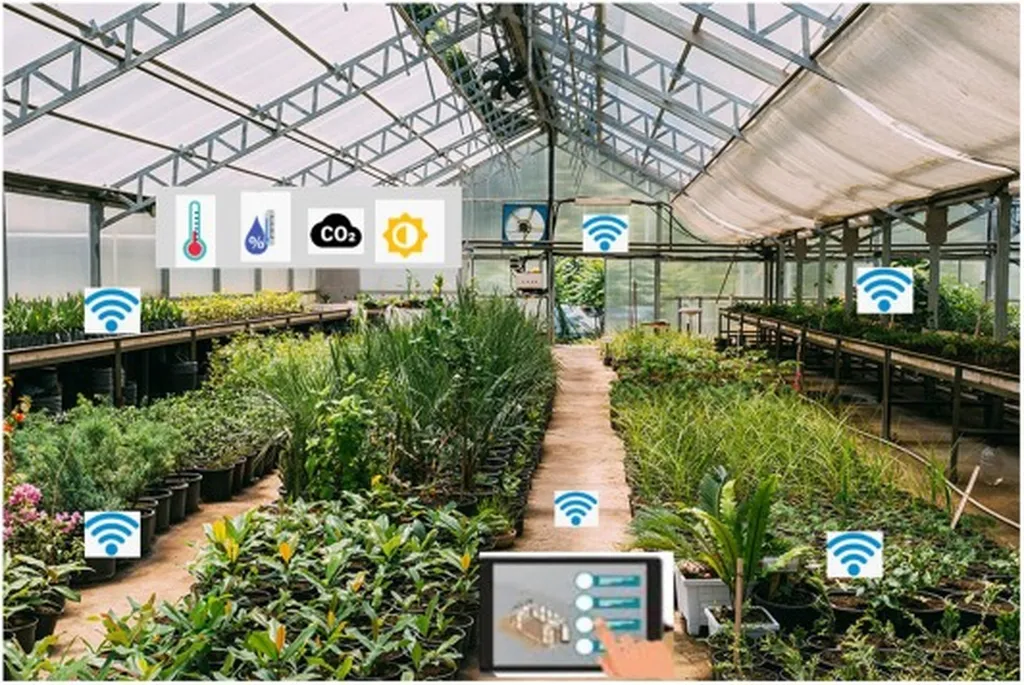In the heart of urban agriculture, a novel technology is making waves, promising to revolutionize the way we cultivate crops in controlled environments. Spectrum-splitting technology (S-ST), developed by Altyeb Ali Abaker Omer of the School of Tea and Coffee at Puer University and the University of Science and Technology of China, is setting new standards for light optimization in greenhouse rooftop farming. Published in the journal Heliyon, which translates to “Open Skies,” this research is opening new vistas for sustainable urban agriculture.
Omer’s study focuses on enhancing the cultivation environment and increasing productivity in greenhouse rooftops using S-ST. This technology employs low-cost multilayer films to transmit photosynthetically efficient wavelengths, creating an optimal light spectrum for plant growth. “The key challenge in greenhouse agriculture is achieving a stable and efficient light spectrum that enhances plant photosynthesis,” Omer explains. “Our spectrum-splitting technology addresses this challenge head-on, offering a promising solution for controlled environments.”
The research evaluated the effects of S-ST integrated into curved glass rooftop greenhouses on two key crops: sweet potato (Ipomoea batatas) and peanut (Arachis hypogaea). The study compared three treatments: a glass-covered multilayer film greenhouse rooftop (GMR), a conventional glass-shade greenhouse rooftop (GR), and open-air cultivation (CK). The S-ST film selectively transmitted red (∼650 nm), blue (∼450 nm), and far-red (∼735 nm) light to optimize photosynthetic efficiency.
The results were striking. The GMR treatment significantly reduced reference evapotranspiration by 25% and 47% compared to GR and CK, respectively. This reduction in water loss is a game-changer for water-limited environments, making the technology particularly relevant for the energy sector, where water use efficiency is paramount. “Water is a precious resource, and our technology helps conserve it while enhancing crop productivity,” Omer notes.
Moreover, the study found that sweet potato and peanut yields under GMR increased by 36.7% and 23.6%, respectively, compared to open-air cultivation. Crop quality also improved, with increases in sweet potato soluble sugar, peanut protein, and oil content. Morphological parameters, such as stem length and tuber number, were also enhanced under GMR.
The implications of this research are far-reaching. By enhancing microclimatic conditions, water-use efficiency, and crop productivity, S-ST-based rooftop greenhouses offer a scalable and sustainable approach for light optimization in urban agriculture. This technology could shape future developments in the field, particularly in space-constrained or water-limited environments.
As the world grapples with the challenges of climate change and urbanization, innovative solutions like S-ST are crucial. They not only enhance agricultural productivity but also contribute to sustainable resource management. Omer’s research is a testament to the power of innovation in addressing global challenges, paving the way for a more sustainable and productive future in urban agriculture.

